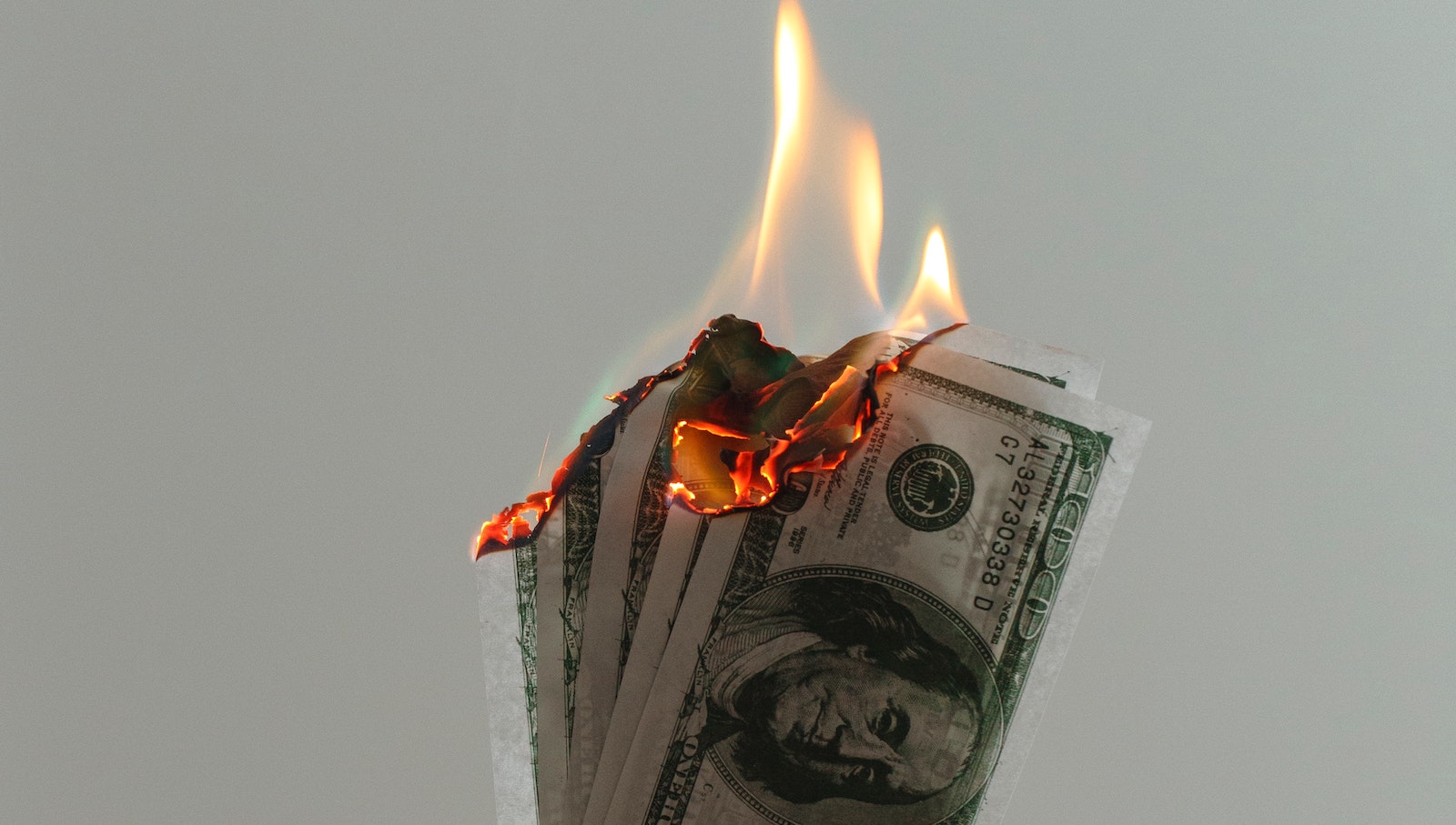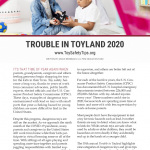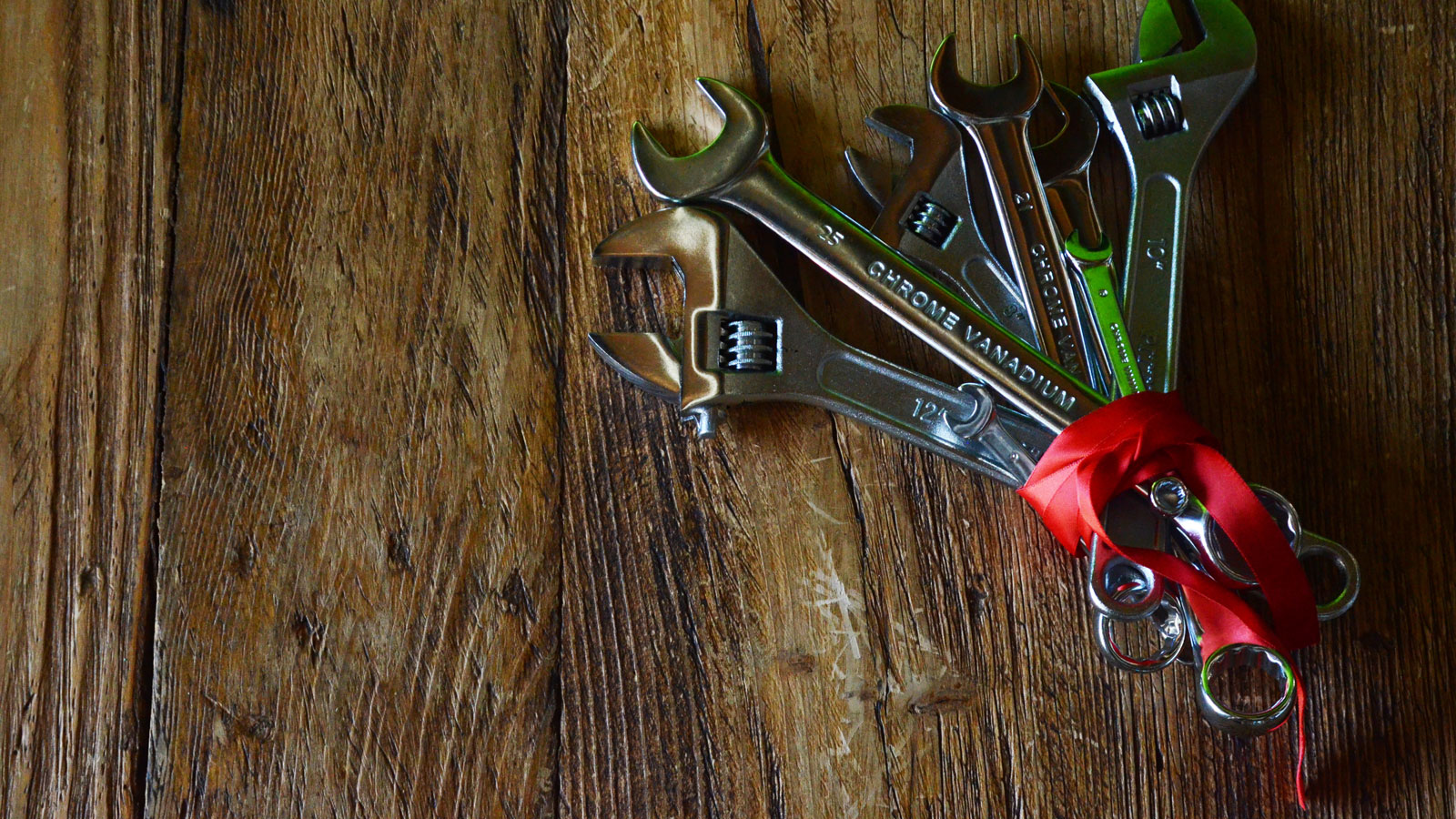
Trouble in Toyland 2020
It’s that time of year again when parents, grandparents, caregivers and others feeling generous begin shopping for toys for the kids in their lives. Toy safety has come a long way, thanks to years of work from consumer advocates, public health experts, elected officials and the U.S. Consumer Product Safety Commission (CPSC). These days, examples of dangerous toys contaminated with lead or toys with small parts that pose a choking hazard to young children are more difficult to find in the United States.
Despite this progress, dangerous toys are still on the market. As we approach the ninth month of the COVID-19 pandemic, many parents and caregivers in the United States still work from home while their kids participate in virtual learning some or all of the time. With siblings of all ages playing and spending more time together and parents juggling responsibilities with limited support, some dangerous toys are more difficult to supervise, and others are better left out of the home altogether.
Downloads
MASSPIRG

It’s that time of year again when parents, grandparents, caregivers and others feeling generous begin shopping for toys for the kids in their lives. Toy safety has come a long way, thanks to years of work from consumer advocates, public health experts, elected officials and the U.S. Consumer Product Safety Commission (CPSC). These days, examples of dangerous toys contaminated with lead or toys with small parts that pose a choking hazard to young children are more difficult to find in the United States.
Despite this progress, dangerous toys are still on the market. As we approach the ninth month of the COVID-19 pandemic, many parents and caregivers in the United States still work from home while their kids participate in virtual learning some or all of the time. With siblings of all ages playing and spending more time together and parents juggling responsibilities with limited support, some dangerous toys are more difficult to supervise, and others are better left out of the home altogether.
For each of the last five years, the U.S. Consumer Product Safety Commission (CPSC) has documented that U.S. hospital emergency departments treated between 226,000 and 254,000 children with toy-related injuries every year.[1] These numbers could rise in 2020, because kids are spending more time at home, and more of it with less supervision by work-at-home parents.
Most people don’t have the equipment to test a toy for toxic hazards such as lead, but other threats are easy to detect when you know what to look for. While certain toys are safe when used by adults or older children, they could be deadly or hazardous if they accidentally end up in the hands of a younger child.
The 35th annual Trouble in Toyland highlights nine categories of dangerous toys and gives tips for caregivers on how to keep their kids safer.
[1] CPSC Toy-Related Deaths and Injuries reports: https://www.cpsc.gov/s3fs-public/Toy_Related_Deaths_and_Injuries_Calendar_Year_2018.pdf?WM0sDY9UaFK2MpzOxpBoqmqPvoUdbzDN#:~:text=In%202018%2C%20there%20were%20an,and%20released%20from%20the%20hospital.
https://www.cpsc.gov/s3fs-public/Toy_Report_2018.pdf?qIO1DVoYhV6lzYgcLa04K28yF28BOgdS
https://www.cpsc.gov/s3fs-public/Toy_Report_2016.pdf?6ZwpKyiwsEdVzWXhH0m0doo5cJALIZFW
https://www.cpsc.gov/s3fs-public/Toy_Report_2015_0.pdf
https://www.cpsc.gov/s3fs-public/pdfs/ToyReport2014.pdf
Topics
Find Out More


How to use iPhone privacy settings 2024

5 steps you can take to protect your privacy now

